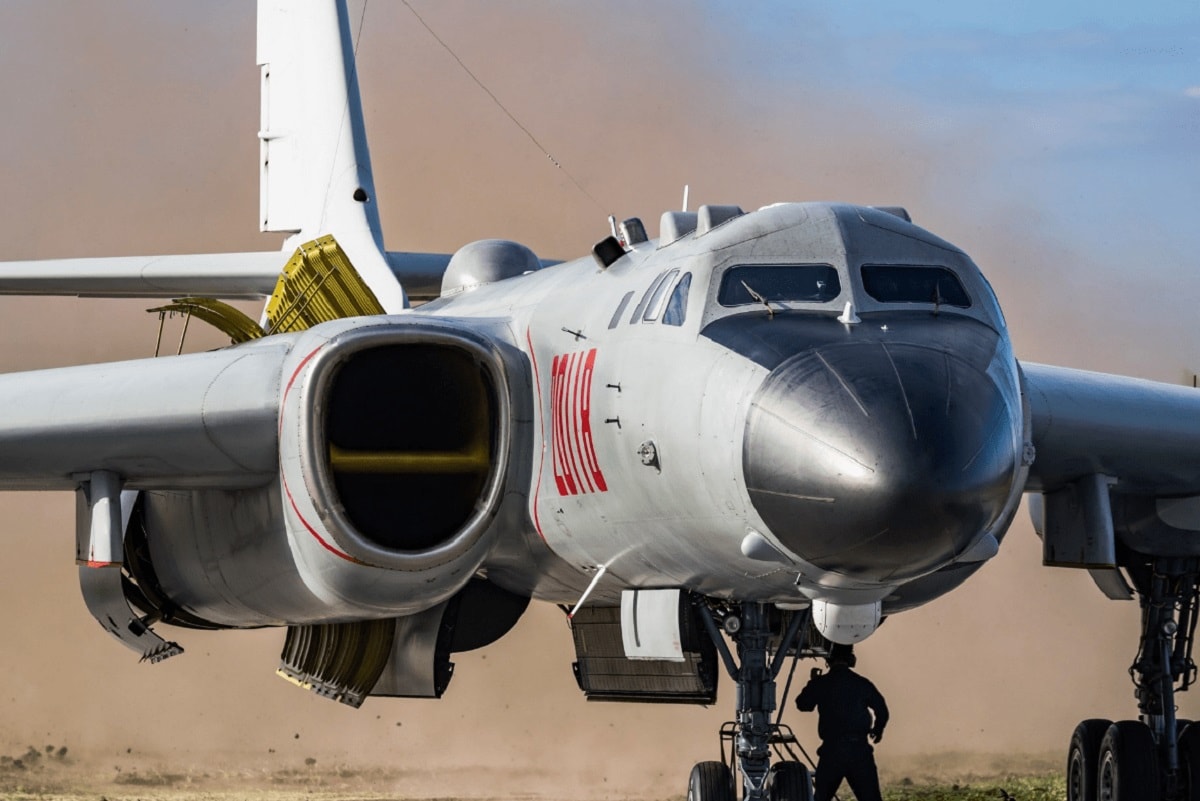Sukalpa Chakrabarti
Throughout the war in Ukraine, India has declined to support U.S. and Western sanctions against Russia. This is occurring despite the fact that India is an increasingly important security partner for the United States in the Indo-Pacific, as Washington and New Delhi cooperate on containing Chinese aggression and expansionism. What explains their divergence on Ukraine?
The Indian Ministry of External Affairs previously described the relationship between Russia and India as a “special, privileged strategic partnership.” This relationship was recently strengthened when President Vladimir Putin met with Prime Minister Narendra Modi in New Delhi on December 6. The two leaders extended a program for military and technological cooperation until 2031 and signed a number of bilateral defense agreements, including one for the manufacturing of assault weapons. Putin and Modi hold frequent meetings and yearly conferences.

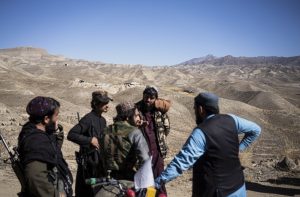

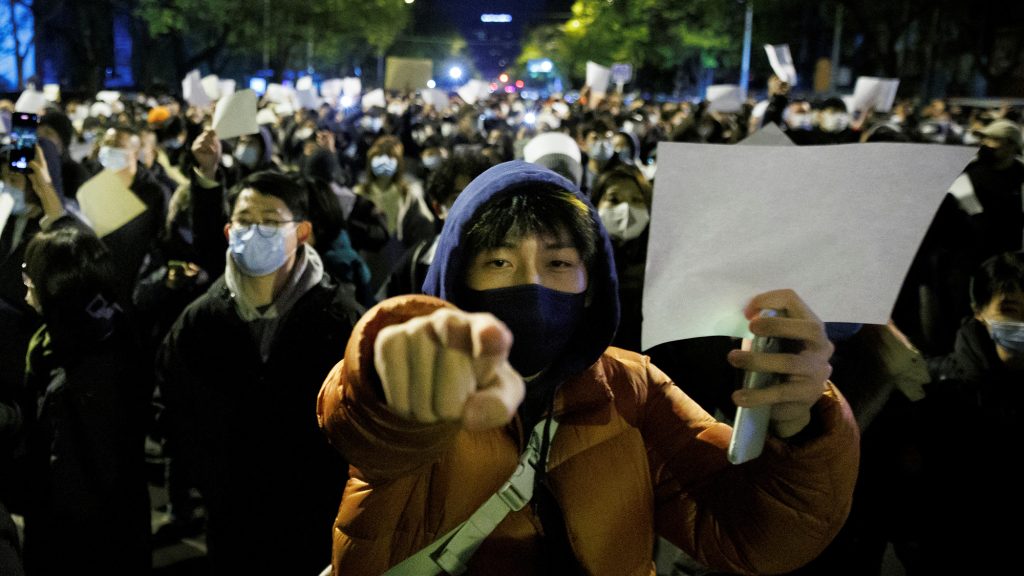

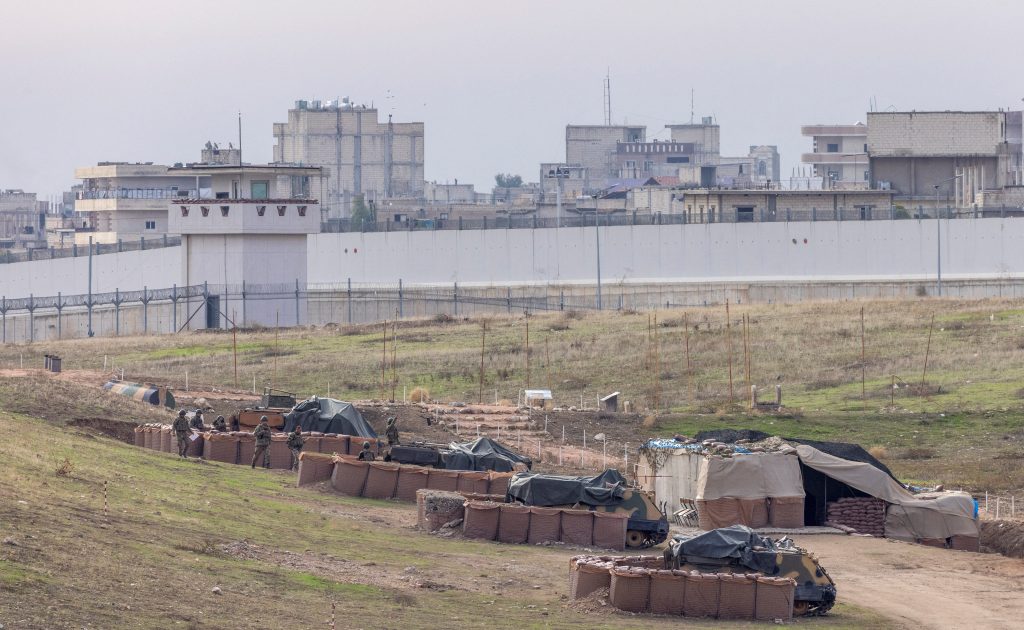


:quality(100)/cloudfront-us-east-1.images.arcpublishing.com/thesummit/PTCTTJO52NBQVCMY5OZGHCJP64.jpg)
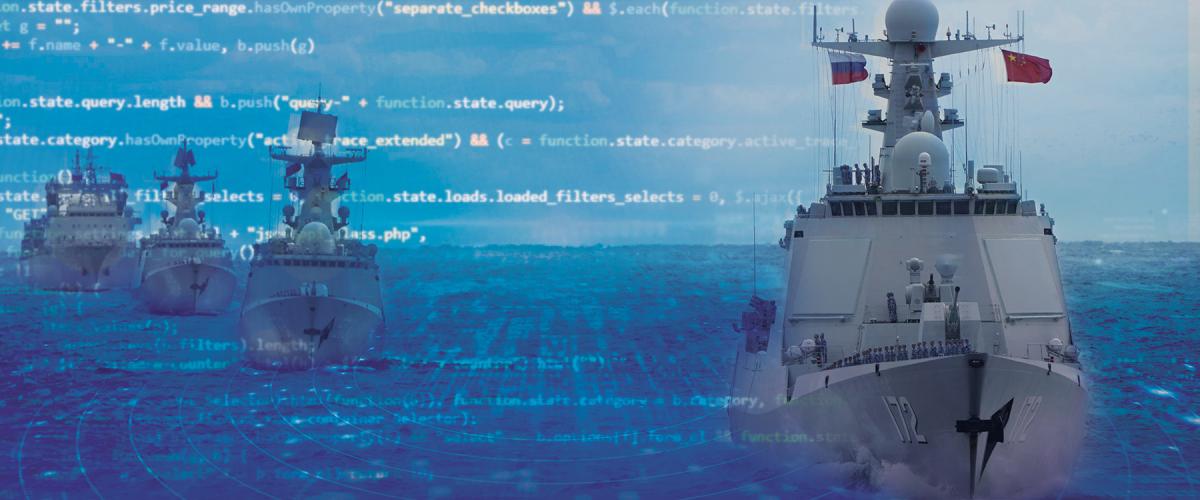



.jpg)

